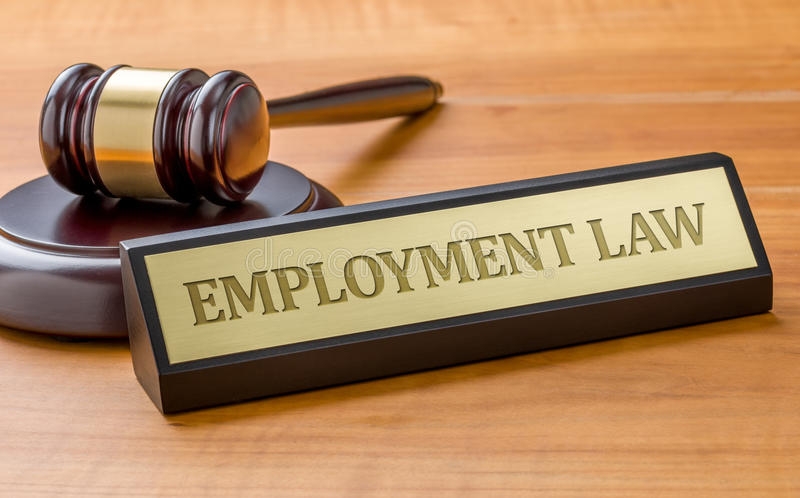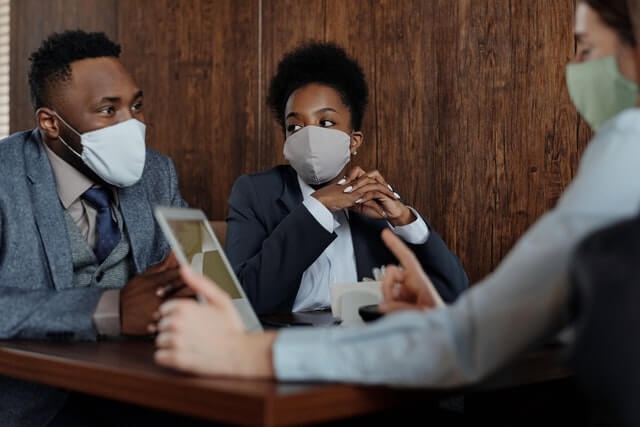
On the 1 April 2022, the Government had removed all the remaining Covid-19 restrictions including the requirement to test if you were showing any of the original symptoms for Covid-19. As we learn to live with Covid-19, we all have a duty of care to help reduce and prevent the spread of respiratory infections including Covid-19. We review current Covid-19 safety procedures, and provide practical guidance for a range of businesses.
To start with, businesses were legally required to complete a specific ‘Covid-19 risk assessment’ however, this requirement has now been removed and businesses do not need to consider Covid-19 specifically in their risk assessment, nevertheless employers have a legal duty of care to their employees and others who are affected by their work activities and the condition of the site/premises. The only exception where a risk assessment is still required for Covid-19 is for those who specifically work with Covid-19 such as laboratories. For most industries, you should be considering the risk of infection control within the workplace this is particularly important to those who are in the care sector.
In addition, some employees may be at greater risk of serious illness if they were to catch Covid-19, for example because they have a weakened immune system. Therefore, you may wish to consider this in order to best protect them implement a risk assessment in consultation with the employee and identify where reasonably practicable, adjustments, this may include working from home.
Covid-19 Safety Procedures
By law, you should already have measures in place which will help reduce the transmission of Covid-19 and other respiratory infections within the workplace. All businesses should be complying with the requirements of The Workplace (Health, Safety and Welfare) Regulations 1992. These regulations stipulate the requirements for the key areas that will help reduce transmission within the workplace.
- Ventilation.
- Cleaning.
- Welfare Facilities.
Ventilation
Regulation 6 of the Workplace (Health, Safety and Welfare) Regulations require that every enclosed workplace is provided with a sufficient quantity of fresh air or purified air. Ventilation into the workplace can help protect the employees and others from indoor pollutants and other contaminants which include Covid-19. By ensuring that the workspace has a good source of fresh air will help to reduce the concentration of respiratory particles in the air.
The method of ventilation will depend on the nature of the building, where practicable, you should always try to open windows to allow the outdoor air in. You should not prop open fire doors unless they are fitted with a device that enables them to close upon the activation of the fire alarm. By propping open fire doors can lead to the spread of a fire putting all those inside the premises at risk of danger.
You should also avoid circulating air from one room to another as this could lead to the spread of indoor pollutants and stale air. Employers should assess the ventilation within the workplace and employers should consult with their employees to discuss how fresh air can be brought into the workplace and if there are any areas that feel poorly ventilated i.e., stuffy or smell bad.
Covid-19 Safety Procedures & Cleaning
Regulation 9 of the Workplace (Health, Safety and Welfare) Regulations require that ‘every workplace and the furniture, furnishings and fittings therein shall be kept sufficiently clean’. Furthermore, regulation 9 also places requirements that ‘the floors, walls and ceilings of all workplaces to be kept sufficiently clean’. By regularly cleaning the workplace, will help reduce the risk of transmission of respiratory infections. Employers can support employees with cleaning the workplace by providing employees with sufficient cleaning materials such as disinfectant wipes, soap and hot water, and sanitisers.
Washing Facilities
Regulation 21 of the Workplace (Health, Safety and Welfare) Regulations require that there are suitable and sufficient washing facilities provided which include a supply of clean hot and cold running water, soap, and a means of drying hands such as paper towels, hand towels are not recommended due to the risk of cross-contamination. By encouraging employees to wash their hands regularly will also help reduce the transmission of Covid-19.
Symptoms
It is important that people are familiar with the symptoms of respiratory infections in order that measures can be taken to reduce the spread of the infection.
The Government guidance lists the following symptoms for Covid-19, flu and common respiratory infections:
- “Continuous cough.
- High temperature, fever, or chills.
- Loss of, or change in, your normal sense of taste or smell.
- Shortness of breath.
- Unexplained tiredness, lack of energy.
- Muscle aches or pains that are not due to exercise.
- Not wanting to eat or not feeling hungry.
- Headache that is unusual or longer lasting than usual.
- Sore throat, stuffy or runny nose.
- Diarrhoea, feeling sick or being sick.”
For most people, the symptoms will be mild especially for those who have received the vaccination. If employees wish to be vaccinated, employers should support them and enable them to get vaccinated when offered.
Unwell with Symptoms
If employees are feeling unwell with any of the above symptoms and have a high temperature, then they are advised to remain at home until they no longer have a high temperature. If the employee is feeling unwell and cannot carry out their normal activities, again, they should remain at home until they feel better.
Employees who are experiencing any of the above symptoms, should pay particular attention to avoiding close contact with anyone who they know of is at high risk of becoming seriously unwell if they were to become infected with Covid-19.
Employees, where practicable, should try to work from home. If employees cannot work from home, then it comes down to risk management, taking into consideration their working environment, who they will come into contact with etc.
Positive with Covid-19
If an employee has tested positive for Covid-19 then they are advised to stay at home and avoid contact with other people for five days. Employees are encouraged to work from home, if practicable. If the employee cannot work from home, it comes down to risk management.
Covid-19 Safety Procedures & Outbreaks
Prior to the 1 April 2022, if employers had two or more employees with Covid-19 and it was suspected that they contracted the virus within the workplace it had to be reported to the Local Public Health Team. Now, there is no requirement to report workplace outbreaks of respiratory infections. If you are finding you are having an outbreak, deep clean the workplace, allow sufficient ventilation in to exchange the old air with the new air.
To Summarise, even though the Government have removed all restrictions relating to Covid-19, the virus has not gone anywhere and should be treated in the same way as other respiratory infections. In order to minimise the spread of Covid-19 within the workplace, good hand hygiene must always be encouraged, regular cleaning especially of frequently touched hand contact points and finally ventilation is key in reducing the viral load in the air. Finally, these measures should already be implemented as they are a legal requirement under The Workplace (Health, Safety and Welfare) Regulations 1992.
If you have specific questions relating to Covid-19 safety procedures for your business, please get in touch with our team of Health and Safety Consultants.





